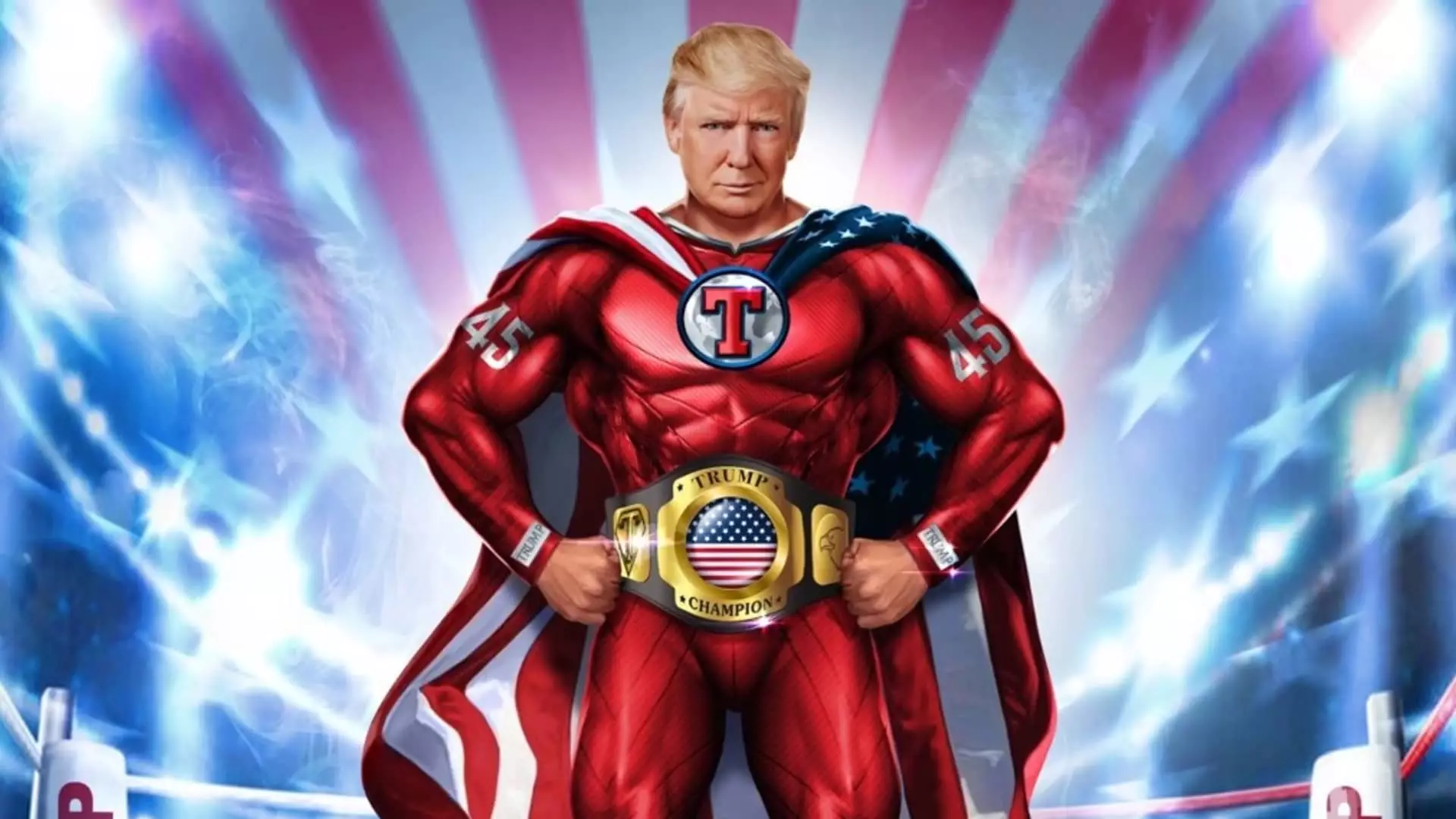Donald Trump has emerged again in the financial arena, this time backed by the cryptocurrency boom. With less than a month left leading to the upcoming presidential election, he seeks to leverage the digital currency space through his venture, World Liberty Financial (WLF). Positioned as a visionary attempt to reshape financial investment, WLF is poised to offer a token called WLFI, although the intricacies and legitimacy of this crypto offering remain vague and muddled.
The launch of WLF is no coincidence, falling just weeks before the presidential vote. Amid a deepening financial crisis and a social media landscape where Trump continues to reignite his political brand, this venture reflects an intersection of his ambitions—both political and economic. In a promotional post on X—a platform often utilized by Trump for public announcements—the former president called WLF a “chance to help shape the future of finance.” However, the underlying questions persist: will this new endeavor provide legitimate investment opportunities, or is it merely a financial facade to benefit Trump and his associates?
Current investors are confronted by ambiguity, with little available information regarding the ins and outs of WLFI. Those involved portray WLF as a “crypto bank” that will facilitate borrowing, lending, and investing in cryptocurrency; however, a lack of concrete documentation, including a formal white paper, casts doubt on the project’s authenticity. Prospective stakeholders have no substantial assessment of business viability beyond the vague notion of obtaining voting rights within the WLF framework.
WLF’s ambitions appear audacious, seeking an initial capital raise of $300 million based on a valuation of $1.5 billion. As the landscape of cryptocurrency often entails volatile swings, the prospect of stable returns for investors hangs in the balance. Previous stock performance from Trump Media & Technology Group, the business under which Truth Social operates, showcases highs and lows, with shares plummeting from nearly $80 to around $12 before experiencing a resurgence. However, with revenues reported to be under $1 million per quarter and significant losses, many question if this crypto initiative can yield different results or if it is simply a continuation of erratic ventures linked to the Trump brand.
One particularly concerning aspect is the capital structure of WLFI, which is classified as a Regulation D token offering. Designed to raise funds without SEC registration, such offerings limit participation to accredited investors. Accordingly, this creates a financial barrier that appears exclusive, restricting opportunities to only those with considerable capital. Unquestionably, more accessible mechanisms could have facilitated broader investment inclusion, promoting the project’s credibility.
WLF’s foundational team, including co-founder Zachary Folkman, has faced scrutiny given their past involvements in other business ventures, particularly a previous project that experienced a significant hack. Folkman’s connection to the Trumps raises eyebrows, as public perception of the former president’s business dealings tends toward skepticism. WLF’s marketing has announced that a significant portion of tokens—including 20%—will be allocated to its founding team, suggesting an emphasis on profit that might not align with the broader investor interests.
Moreover, the vague configurations outlined on WLF’s landing page signal potential issues of trust. There’s mention of “significant fees” to be awarded to the founders, further indicating the possibility that the financial model benefits insiders disproportionately. Although Folkman claims that token ownership does not equate to equity, apprehensions linger regarding the actual economic rights of token holders. Transparency appears critical in light of these concerns, yet has been conspicuously absent.
The WLF team’s engagement with decentralized finance (DeFi) and specific mention of the Aave platform bestows a semblance of legitimacy. However, this collaboration comes with a caveat, as uncertainty concerning associations with politically charged figures may dissuade potential collaborations. A recent Aave community discussion showcased various concerns from users about the credibility and risk factors surrounding this connection to Trump’s name, leading to stark debates regarding the ramifications of such an association.
Ultimately, for WLF to prove its worth, it must navigate a challenging regulatory and community-driven landscape. Success requires consensus building and a cohesive strategy that resonates with investors and stakeholders alike. As of now, with the token sale serving as a prospective promise rather than a guarantee, many are left wondering if WLFI can genuinely deliver on its ambitious promises or if it represents yet another chapter in the turbulent saga of Trump’s business ventures. In a world where network effects and reputational trust bind financial success, the future trajectory of WLF may hinge heavily on the perception of its leadership and the risks that accompany its emergence.

